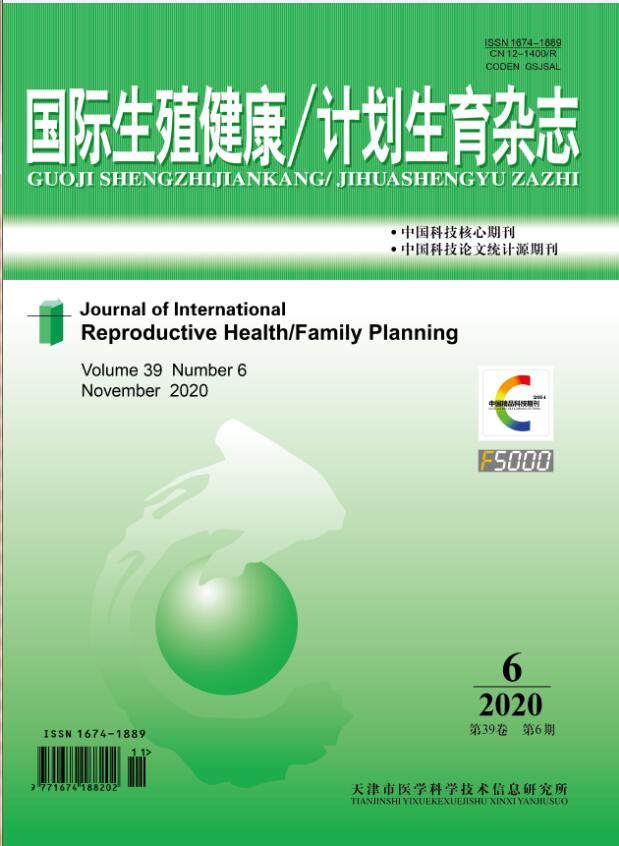|
|
Index of Sperm DNA Fragmentation as A Potential Parameter of Male Fertility
QIAO Kun,YANG Zhi-yong,XIE Yuan,FAN Qiu-lin,FAN Yu,LIU Yu-bing,YANG Yan-nan,ZHAO Yong-feng,WANG Ling,CHIAN Ri-cheng
2018, 37 (6):
450-453.
Objective:To evaluate whether the index of sperm DNA fragmentation index(DFI) can be used as a parameter of male fertility. Methods:A total of 460 infertile men were enrolled in the observation group, and 107 fertile men in the control group. Semen parameters were calculated by the computer assisted semen analysis system (CASA). Sperm DNA fragmentation index (DFI) was detected by the sperm chromatin structure assay (SCSA). The results of routine semen analysis were divided into the normal, oligospermia, asthenospermia and oligoasthenospermia subgroups. Objects were also grouped into 3 subgroups according to the age, <30 years, 30-39 years, and over 40 years. Specially, those objects were further divided into three subgroups according to DFI, ≤15, 15-30 and ≥30. DFI was compared between the control group and the observation group. The correlations between sperm DFI and age, IVF/ICSI embryonic development and reproductive outcome were successively analyzed. Results:There were significant differences in the proportions of normal, oligospermia, asthenospermia and oligoasthenospermia between the observation group and the control group (22.17% vs. 60.96%, 13.26% vs. 34.59%, 52.62% vs. 1.75% and 11.95% vs. 2.70%, all P<0.05). In the observation group, the proportion of sperm DFI ≤15% was decreased while the proportion of DFI ≥30% increased (both P<0.05). The level of sperm DFI was increased with age (P<0.05). The early abortion rates of those IVF or ICSI embryos derived from sperms with DFI≥30 were significantly increased (31% and 25%, P<0.05). However, there were no significant differences in the fertilization rate, cleavage rate, biochemical pregnancy rate, clinical pregnancy rate, implantation rate among those subgroups (all P>0.05). Conclusions: The sperm DFI in infertile men is at a higher level, and increased with age. The early abortion rate of IVF or ICSI embryos will be increased when sperm DFI≥30, suggesting that sperm DFI is a practical reference for the evaluation of the potential fertility in those infertile men.
Related Articles |
Metrics
|

